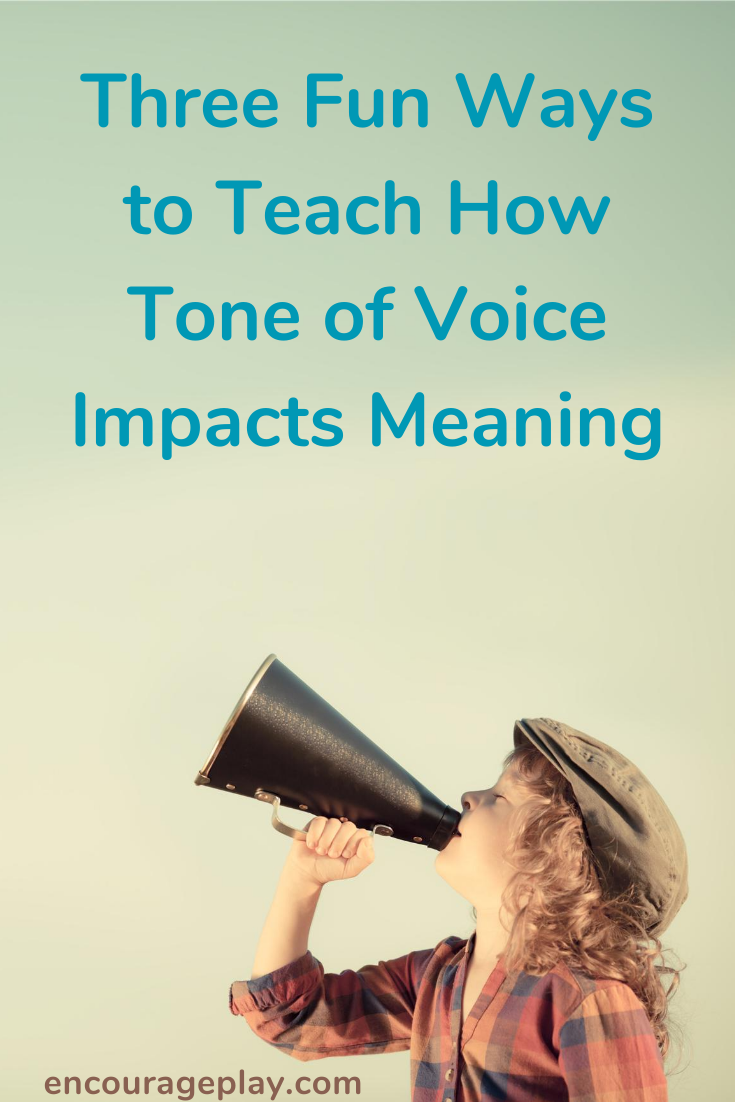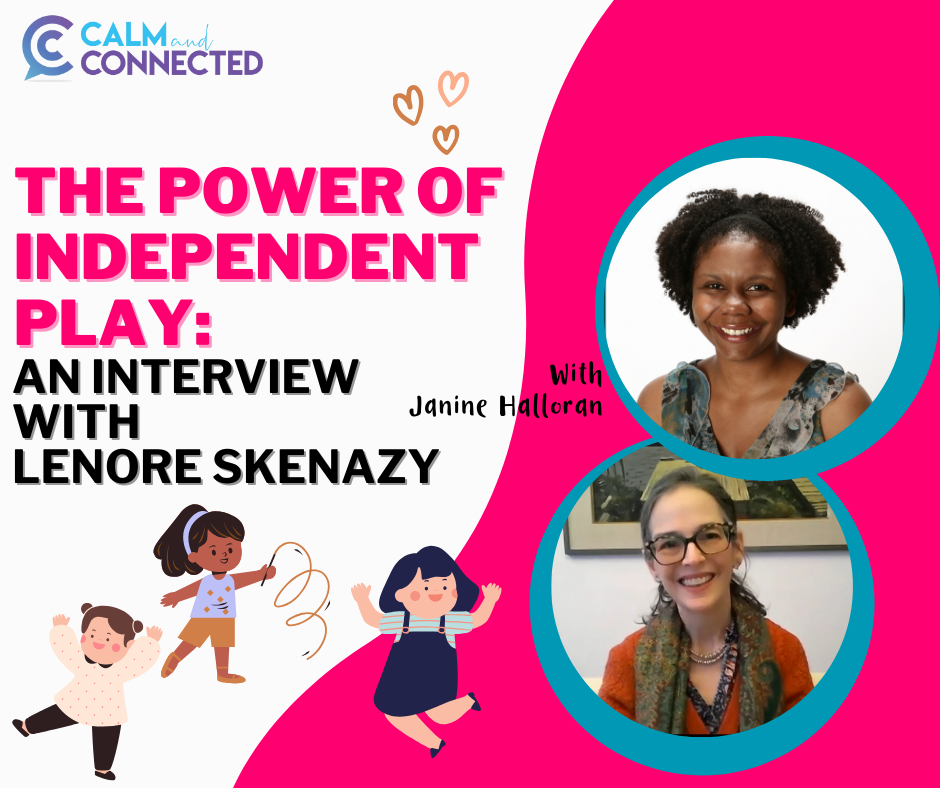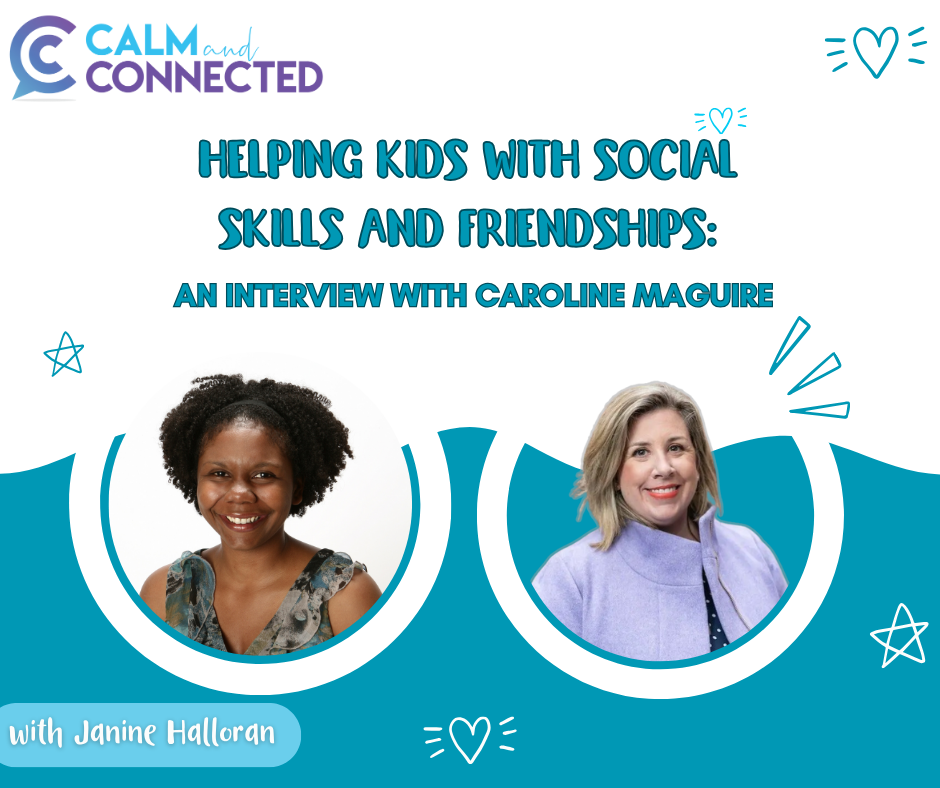How do you communicate with other people during one day? Do you talk face to face with them? Do you text them? Facetime them? Email them?
Humor me.
Take a minute and check how many text messages and emails you received in the last 24 hours.
I’ll wait.
Astounding, isn’t it? It’s kind of surprising when you look back and actually count how often your interactions aren’t face to face. As a busy mom with a wacky schedule, often email and text is the quickest, most efficient way for me to interact with other people. But it’s also a little tricky.
It has been said that 93% of communication is nonverbal. It has also been said that 38% is actually based on tone of voice. Whether or not you agree with these numbers, it’s important to recognize that your words are only one part of communication.
You pick up so much from another person’s body language, their tone of voice and their facial expressions. And while we had a lot of practice learning and reading nonverbal cues when we were younger, technology has changed that for the generation of children we are raising. The way people interact has changed.
These days, kids need to be able to effectively communicate both in real life and online. (Healthy and effectively communication online is a whole huge topic for a different day.) Right now, let’s focus on practicing positive face to face interactions.
Lately in our home, we’ve been working on tone of voice.
The meaning of a sentence can change dramatically based on what feeling you use when you say the words. The meaning can also change depending on which words you emphasize in the sentence.
Sometimes, kids don’t even realize when they are changing the meaning of the sentence by saying things in a certain way. Let’s demonstrate with one simple sentence.
“I can’t wait to go to school today.”
Humor me (again).
Try reading this out loud like you are excited. Now try nervous. And mad. Isn’t it interesting how the same sentence can take on different meanings just based on the emotions you are using when talking?
Now, say the sentence out loud emphasizing the word “I”. Next try emphasizing “school”. And “today”. See how the sentence means different things when you emphasize different words?
Action Plan
When Reading: When you are reading, pick out a sentence or two, and see how the meaning of the sentence changes when you emphasize different words or use different emotions
When watching a show: Point out when a character’s tone of voice or emphasis on a particular word changes the meaning of a sentence.
Fun with sentences: Try practicing the sentences below, using different feelings, or emphasizing different words, or both!
Have some fun with it!
CLICK HERE TO GET THIS PRINTABLE
Ice cream is my favorite.
I’m going to P.E. class
Let me drive the bus.
When can I go outside?
It’s time to go.
Did you see that?
You are the best sister ever.
This is some trip.
I love swimming.
Let’s play Monopoly.













